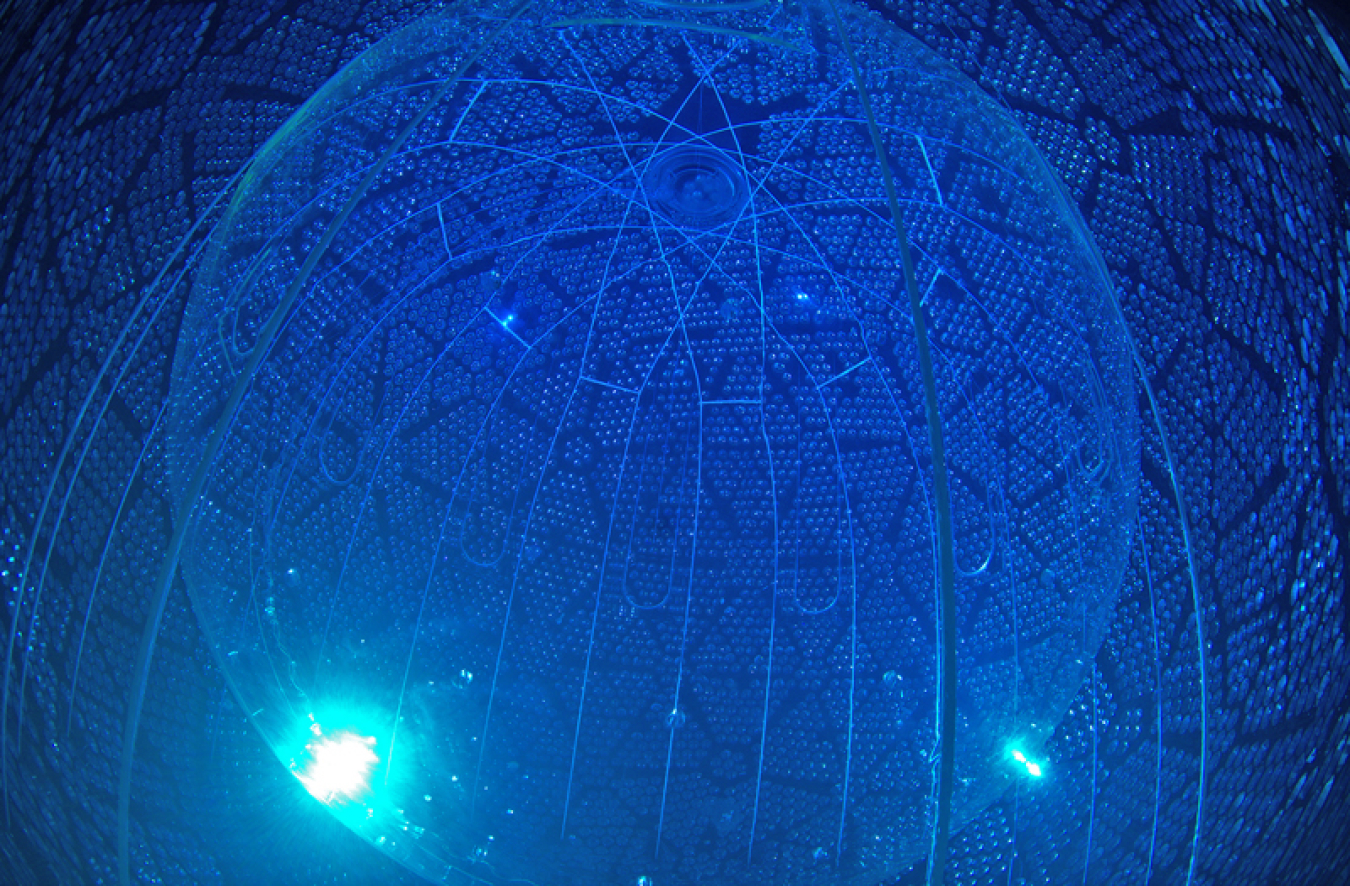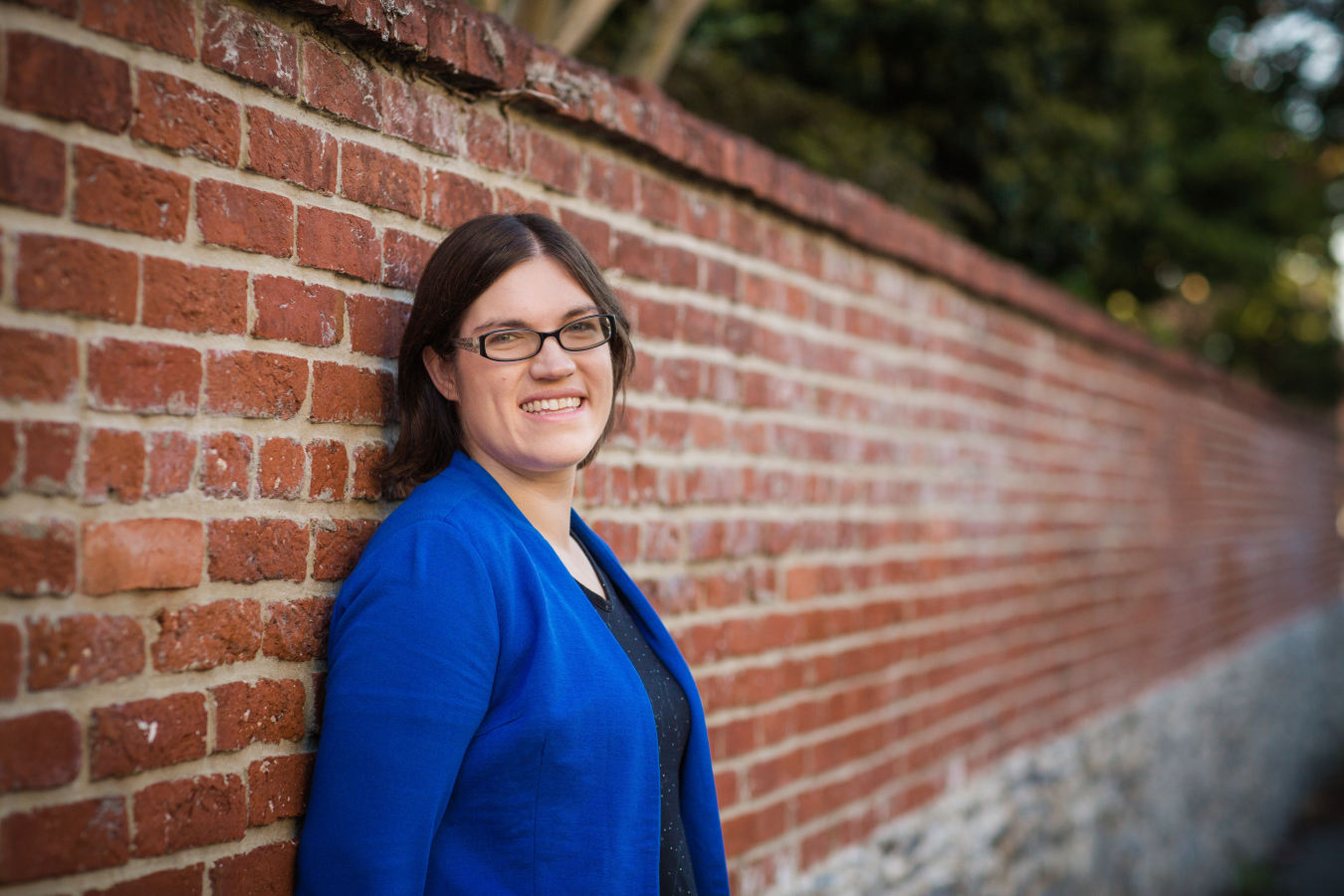While the SNO+ experiment is focused on particle physics, it has also revealed insights into using neutrinos for nuclear non-proliferation.
January 25, 2024
It may be snowy outside, but the water in the SNO+ experiment isn’t for building snowmen. SNO+ is short for the Sudbury Neutrino Observation+, a neutrino experiment 2 kilometers underground in a mine in Ontario, Canada. It’s supported by the Department of Energy’s Office of Science and several DOE national laboratories. Scientists are using SNO+ to study everything from big questions of the universe to developing tools for nuclear non-proliferation.
Neutrinos are tiny, mysterious particles that hardly interact with anything. But they’re a major player in physics. In addition to being one of the fundamental particles described in the Standard Model of Particle Physics, they may hold the key to some of the field’s biggest questions.
One of those questions is “Why is there so much more matter than antimatter?” According to the laws of physics as we know them, there should have been the same amount of matter and antimatter at the start of the universe. But if that was true, they would have destroyed each other and we wouldn’t be here. Obviously, something is missing.
One theory about the neutrino could provide a possible explanation. All of the fundamental particles in the Standard Model of Particle Physics have their own antimatter partner. This partner is a very similar particle with the same mass, same amount of electric charge, and same magnetic moment as the familiar ordinary matter one. However, the antimatter particles have an opposite sign of electric charge and magnetic moment. For example, the antimatter particle of the electron is the positron. It has a positive charge instead of a negative one.
This is where it gets really weird. Scientists think the neutrino may be its own antimatter partner. An Italian physicist named Ettore Majorana theorized almost 100 years ago that such a particle exists – called a Majorana fermion. But no one has ever observed this phenomenon in an experiment. A specific process called neutrinoless double beta decay could provide this missing evidence. In addition to answering the matter-antimatter question, it could also explain why the neutrino has mass at all. The current Standard Model of Particle Physics predicts that it shouldn’t. And yet experiments show that it does. If the neutrinoless double beta decay exists, the SNO+ experiment is designed to detect it.
Scientists are also using SNO+ to study a number of other questions related to neutrinos. In addition to their implications for particle physics, neutrinos can also be used to study nuclear power plants. Nuclear reactors produce trillions of antineutrinos every second. (Antineutrinos are partners of regular neutrinos, but not antimatter versions. Scientists use and measure them in very similar ways.) The amount of heat a nuclear reactor produces determines how many antineutrinos it produces. Similarly, the type of fuel the reactor burns determines the energy spectrum of those antineutrinos. In theory, by measuring antineutrinos coming off of a nuclear reactor, scientists should be able to tell the type of fuel a reactor is burning and how it functions. In the future, it could be possible to use neutrino detectors to see if a country has switched from using a nuclear reactor to produce electricity to developing nuclear weapons. They could be a valuable tool for enforcing nuclear weapons treaties and supporting nuclear non-proliferation.
To study neutrinos, SNO+ uses a 12-meter acrylic sphere. It’s filled with 780 tons of a specific liquid that gives off light when charged particles move through it. (On the rare occasion neutrinos interact with electrons or nuclei, they produce charged particles.) The sphere is suspended in an even bigger sphere filled with 7,000 tonnes of ultrapure water. This bigger sphere also contains 10,000 specialized tubes that detect flashes of light.
Before SNO+ officially launched, scientists took advantage of an unusual situation. SNO+ is an upgrade of the original SNO experiment. As scientists were in the process of upgrading it in 2018, they filled the smaller sphere with ultrapure water. They did this to calibrate certain components and measure background signals. Knowing that the sphere wouldn’t be filled with water in the future, the SNO+ Collaboration took measurements that they wouldn’t be able to do later on.
In particular, they wanted to test how well the SNO+ experiment filled with water could detect antineutrinos from nuclear reactors. SNO+ is conveniently located near three nuclear power plants, with the closest one a little less than 100 miles away. The main sphere being filled with water presented a unique opportunity. To detect neutrinos, detectors use huge amounts of liquid. Most neutrino detectors (including the final version of SNO+) use a non-water liquid. Using water in detectors to monitor nuclear reactions would be much more affordable. With that set-up, the scientists demonstrated that they could accurately detect antineutrinos with a detector that used only pure water. That’s a step forward for developing neutrino detectors specifically for nuclear non-proliferation.
From solving the deep mysteries of the universe to helping keep people on Earth safe, neutrino experiments are shining light on this strange particle.
Shannon Brescher Shea

Shannon Brescher Shea ([email protected]) is the social media manager and senior writer/editor in the Office of Science’s Office of Communications and Public Affairs. She writes and curates content for the Office of Science’s Twitter and LinkedIn accounts as well as contributes to the Department of Energy’s overall social media accounts. In addition, she writes and edits feature stories covering the Office of Science’s discovery research and manages the Science Public Outreach Community (SPOC). Previously, she was a communications specialist in the Vehicle Technologies Office in the Office of Energy Efficiency and Renewable Energy. She began at the Energy Department in 2008 as a Presidential Management Fellow. In her free time, she enjoys bicycling, gardening, writing, volunteering, and parenting two awesome kids.

